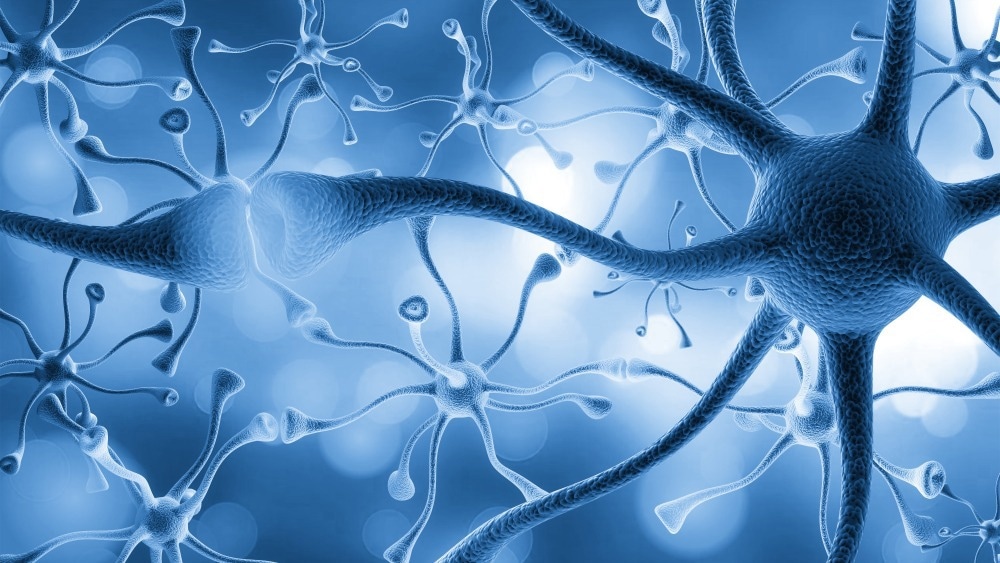Reviewed by Danielle Ellis, B.Sc.Dec 13 2023
Defining death neurologically poses a challenging task. Rather than a specific moment marking the transition from life to death, it is a process spanning several minutes, sometimes reversible under certain conditions.

Image Credit: Billion Photos/Shutterstock.com
In a prior investigation, scientists from the “Dynamics of Epileptic Networks and Neuronal Excitability” team at the Paris Brain Institute illuminated the intricacies of this process. They demonstrated that prolonged oxygen deprivation, known as anoxia, triggers a sequence of precise and successive changes in brain activity.
When the brain is deprived of oxygen, its ATP stores—cells’ energy source—deplete rapidly. This depletion disrupts the electrical equilibrium of neurons, leading to a substantial release of glutamate, a crucial excitatory neurotransmitter in the nervous system.
Neural circuits seem to shut down at first. Then we see a surge in brain activity—specifically an increase in gamma and beta waves. These waves are usually associated with a conscious experience. In this context, they may be involved in near-death experiences reported by people who have survived cardiorespiratory arrest.”
Séverine Mahon, Researcher, Neuroscience, Paris Brain Institute
Subsequently, neuronal activity gradually decreases until reaching a state of complete electrical silence, reflected in a flat electroencephalogram. However, this silence is abruptly disrupted by neuronal depolarization, manifesting as a high-amplitude wave termed the “wave of death.” This wave significantly alters the function and structure of the brain.
This critical event, called anoxic depolarization, induces neuronal death throughout the cortex. Like a swan song, it is the true marker of transition towards the cessation of all brain activity.”
Antoine Carton-Leclercq, Study First Author and PhD Student, Paris Brain Institute
Until recently, scientists lacked knowledge about the origin of the wave of death in the cortex or whether it uniformly spreads across all cortical layers.
“We already knew that it is possible to reverse the effects of anoxic depolarization if we manage to resuscitate the subject within a specific time window. We still had to understand in which areas of the brain the death wave is likely to do the most damage to preserve brain function as much as possible,” added the researcher.
Following the Path of the Wave of Death
In addressing these inquiries, the researchers conducted measurements of local field potentials and recorded the electrical activity of individual neurons in various layers of the primary somatosensory cortex, a region pivotal in body representation and sensory information processing, using rats as subjects.
Subsequently, they compared the electrical activity of these distinct layers both before and during anoxic depolarization.
We noticed that neuronal activity was relatively homogeneous at the onset of brain anoxia. Then, the wave of death appeared in the pyramidal neurons located in layer 5 of the neocortex and propagated in two directions: upwards, i.e. the surface of the brain, and downwards, i.e. the white matter. We have observed this same dynamic under different experimental conditions and believe it could exist in humans.”
Séverine Mahon, Researcher, Neuroscience, Paris Brain Institute
The results indicate that the deeper layers of the cortex are particularly susceptible to oxygen deprivation, likely due to the elevated energy demands of pyramidal neurons in layer 5.
Yet, upon reoxygenating the rats’ brains, the cells replenished their ATP reserves, resulting in the repolarization of neurons and the restoration of synaptic activity.
“This new study advances our understanding of the neural mechanisms underlying changes in brain activity as death approaches. It is now established that, from a physiological point of view, death is a process that takes its time and that it is currently impossible to dissociate it rigorously from life. We also know that a flat EEG does not necessarily mean the definitive cessation of brain functions,” Prof. Stéphane Charpier, head of the research team, concludes.
Charpier added, “We now need to establish the exact conditions under which these functions can be restored and develop neuroprotective drugs to support resuscitation in the event of heart and lung failure.”
Source:
Journal reference:
Carton-Leclercq, A., et al. (2023) Laminar organization of neocortical activities during systemic anoxia. Neurobiology of Disease. doi.org/10.1016/j.nbd.2023.106345.